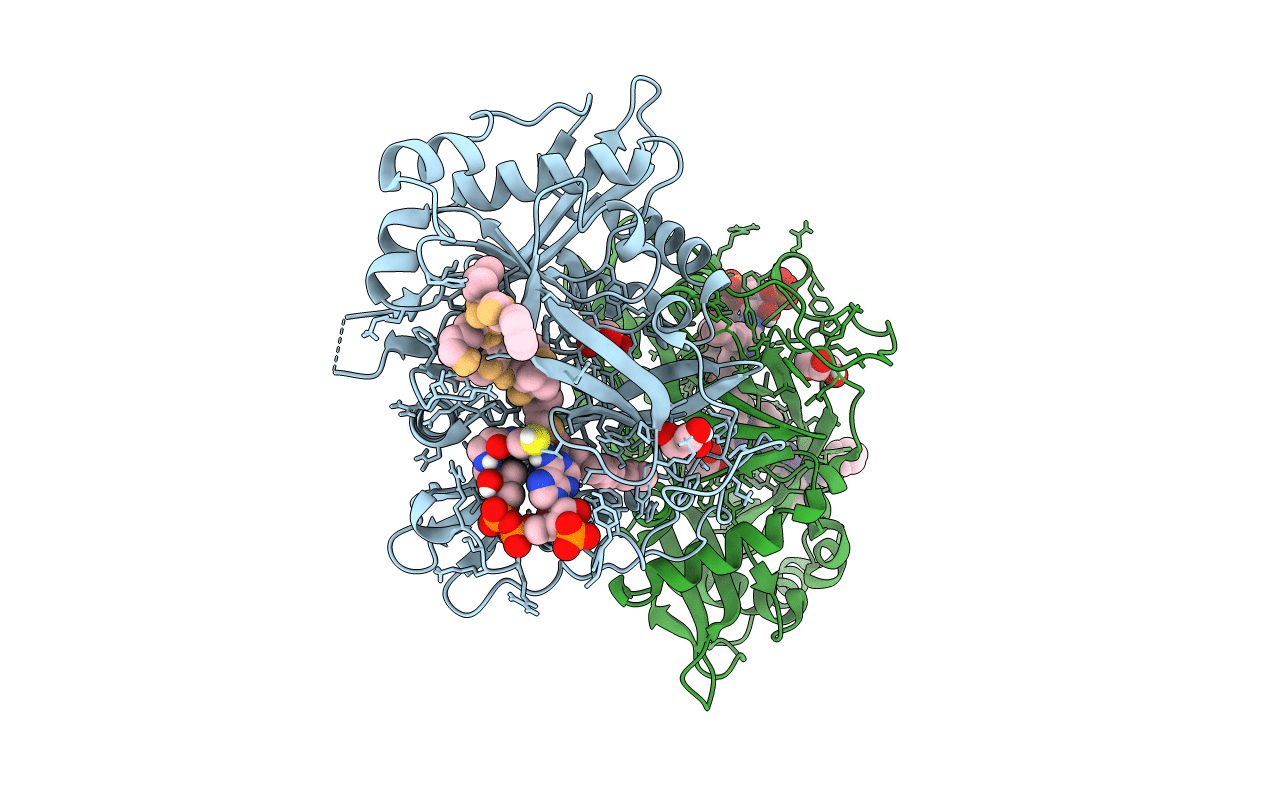
Deposition Date
2019-06-12
Release Date
2020-03-11
Last Version Date
2024-10-30
Entry Detail
PDB ID:
6PAV
Keywords:
Title:
Structure of Human NMT1 with products CoA and myristoyl-lysine peptide with acetylated N-terminus
Biological Source:
Source Organism:
Homo sapiens (Taxon ID: 9606)
Host Organism:
Method Details:
Experimental Method:
Resolution:
2.52 Å
R-Value Free:
0.28
R-Value Work:
0.26
R-Value Observed:
0.26
Space Group:
C 1 2 1


